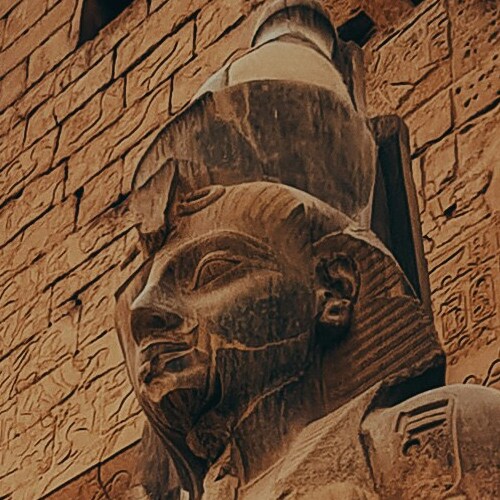No other nation in the world says ‘Welcome’ as often as the Egyptians, and every time, they mean it. While the ancient civilization of Egypt continues to amaze, contemporary Egyptians are equally remarkable.
Gateway Ancient
History Of luxor
Luxor, often celebrated as the world’s greatest open-air museum, boasts a history as rich and layered as the ancient Egyptian civilization itself. Known in ancient times as Thebes, Luxor’s journey from a cluster of small villages to a pivotal city in Egyptian history is a remarkable tale of cultural and architectural evolution.
Early Beginnings
- Pre-Dynastic Period: Initially, Luxor was a series of scattered villages along the Nile, with a simple way of life centered around agriculture and local trade.
- 4th Dynasty: Around the middle of the 25th century BC, Luxor began taking shape as a more structured settlement, marked by mud-brick houses and primitive burial sites.
The Rise of Thebes
- 11th Dynasty: The city’s transformation into a significant urban center began under the rule of Amenhotep I, who declared it the capital of a unified Egypt. This marked the end of the First Intermediate Period.
- New Kingdom Era (1500 – 1000 BC): Luxor’s golden age, it became the most important city in Egypt. Thebes was the center of worship for Amun, the king of gods, and consequently, the focus of royal patronage and monumental architecture.
Architectural and Cultural Flourishing
- Karnak Temple Complex: Inaugurated in the 11th century, it was continually expanded by successive rulers, each leaving their unique architectural imprint.
- Valley of the Kings and Queens: These royal burial sites on Luxor’s West Bank are the final resting places of New Kingdom rulers, including iconic figures like Tutankhamun and Ramses II.
- Mortuary Temples: Luxor’s West Bank is also home to several mortuary temples, including those of Ramses II and Queen Hatshepsut.
- Luxor Temple: Built by Amenhotep III, this temple was connected to the Karnak Temple by an avenue of sphinxes, symbolizing the unity and grandeur of Thebes.
Religious Significance
- Opet Festival: A major religious celebration, the Opet Festival symbolized the marriage of the god Amun to his consort Mut. It was a time of great festivity, reinforcing the city’s religious importance.
Modern Luxor
- Today, Luxor stands as a testament to the grandeur of ancient Egypt. It attracts visitors worldwide, drawn by its impressive monuments, enduring history, and the legacy of an ancient civilization that continues to fascinate.
Conclusion
From its humble beginnings to its zenith as the heart of ancient Egypt, Luxor’s history is a captivating chronicle of human achievement. The city’s temples, tombs, and monuments not only showcase the architectural genius of the ancient Egyptians but also offer a window into the cultural and religious life of one of history’s greatest civilizations. Luxor, thus, remains an essential destination for anyone seeking to experience the richness of Egypt’s historical heritage.
Created on 18 March 2020
Updated on 23 Sep, 2024
LUXOR Travel Guide



